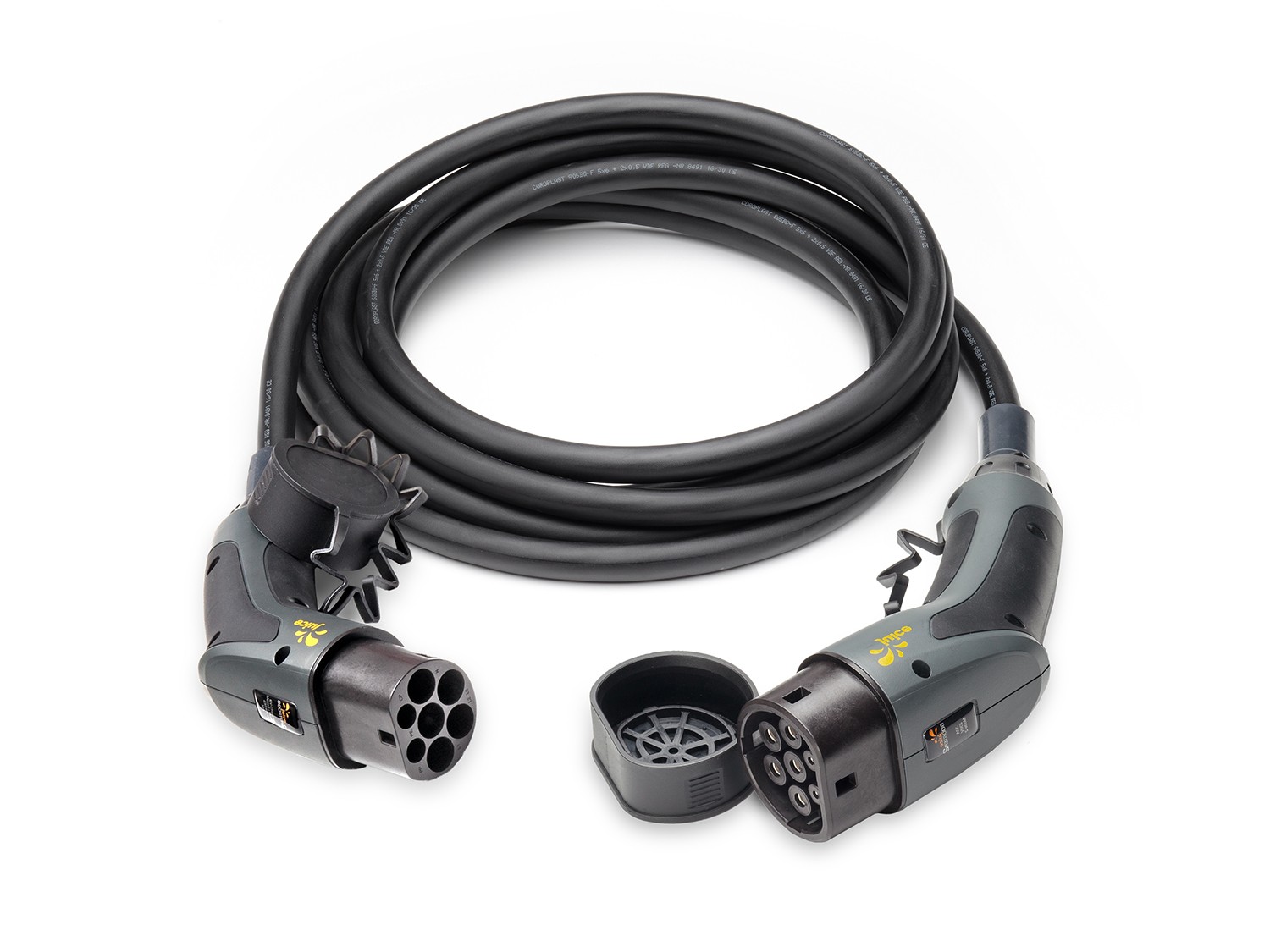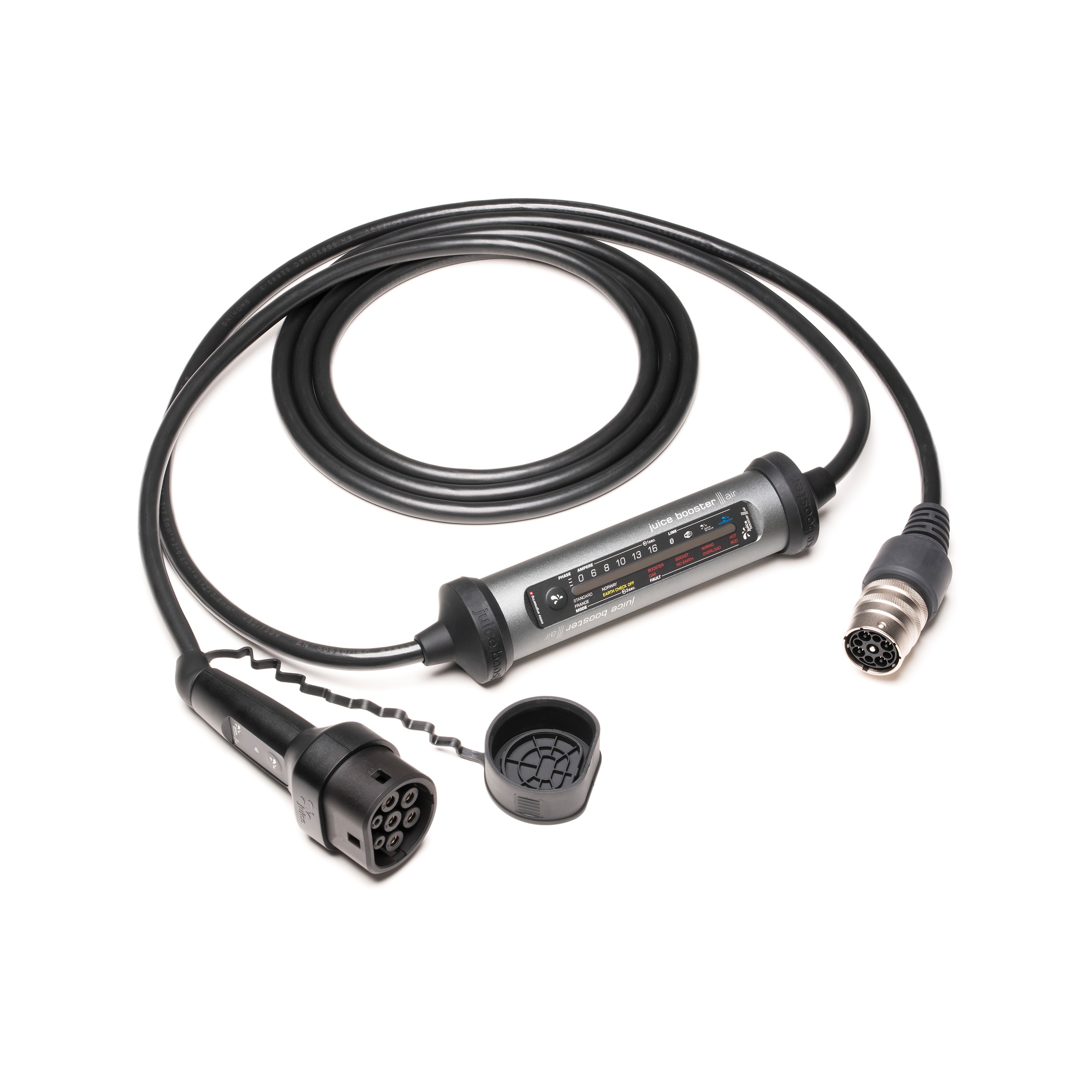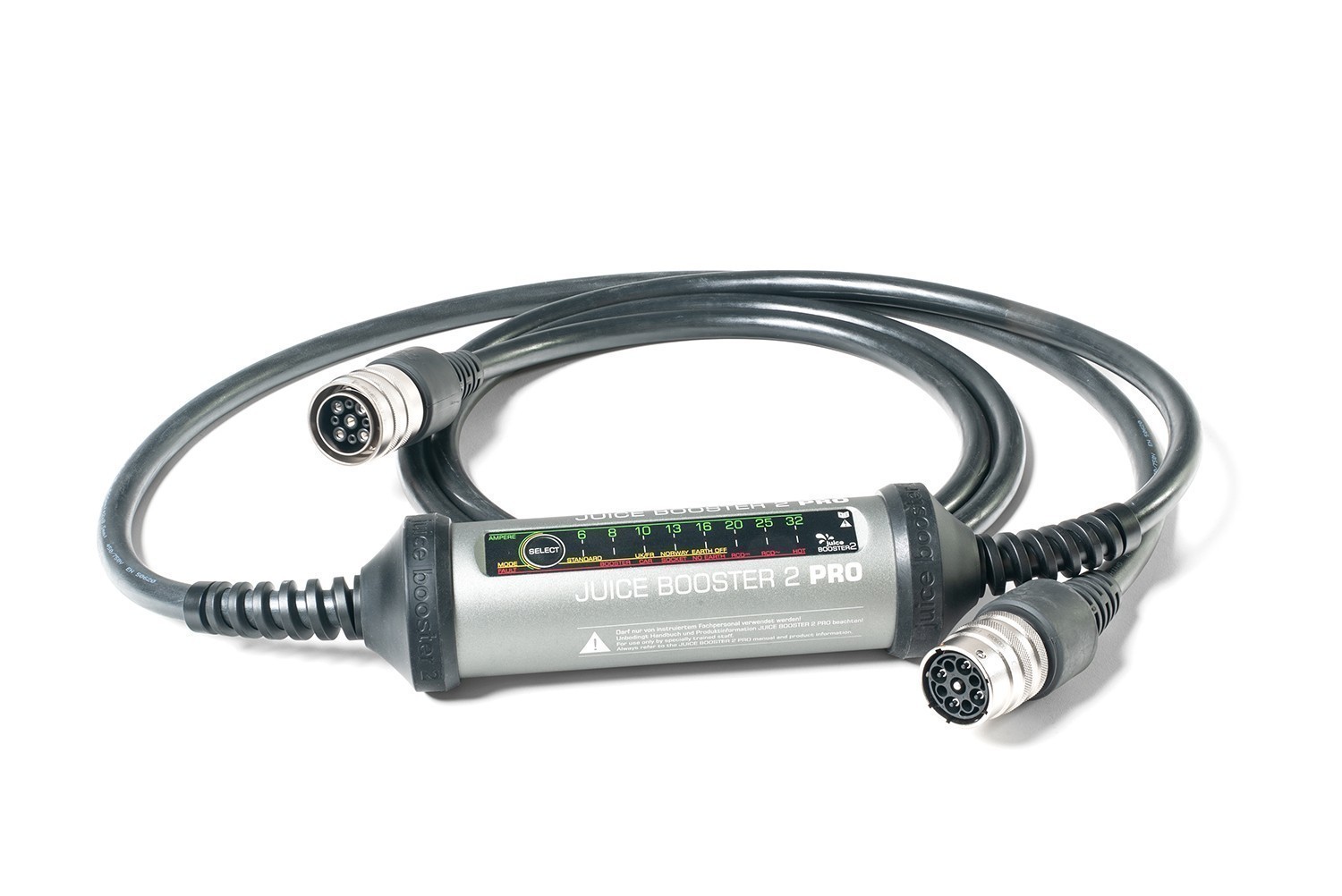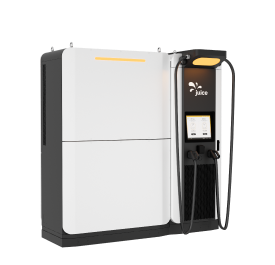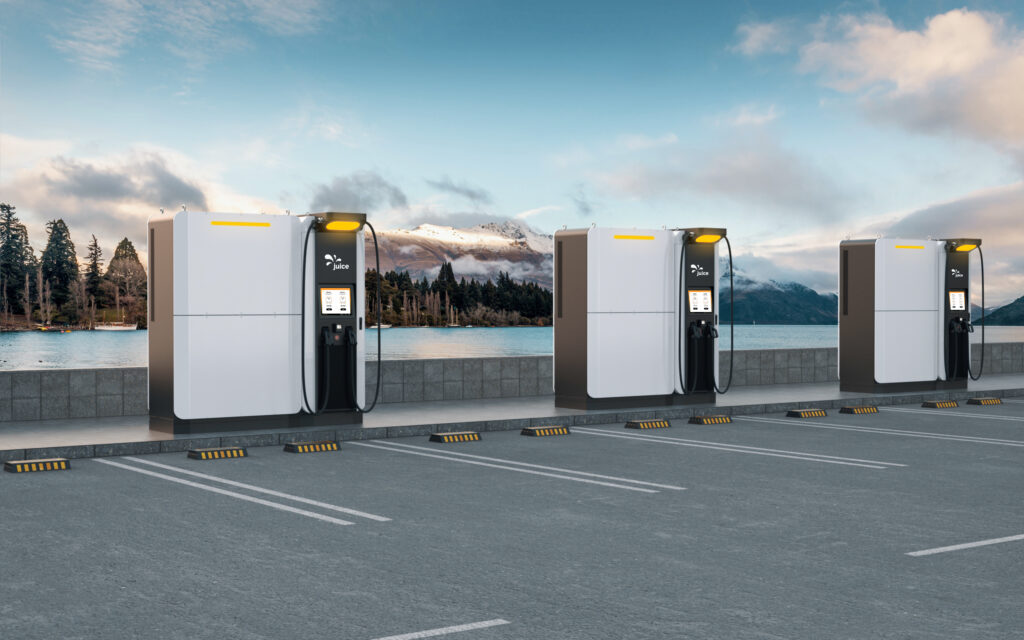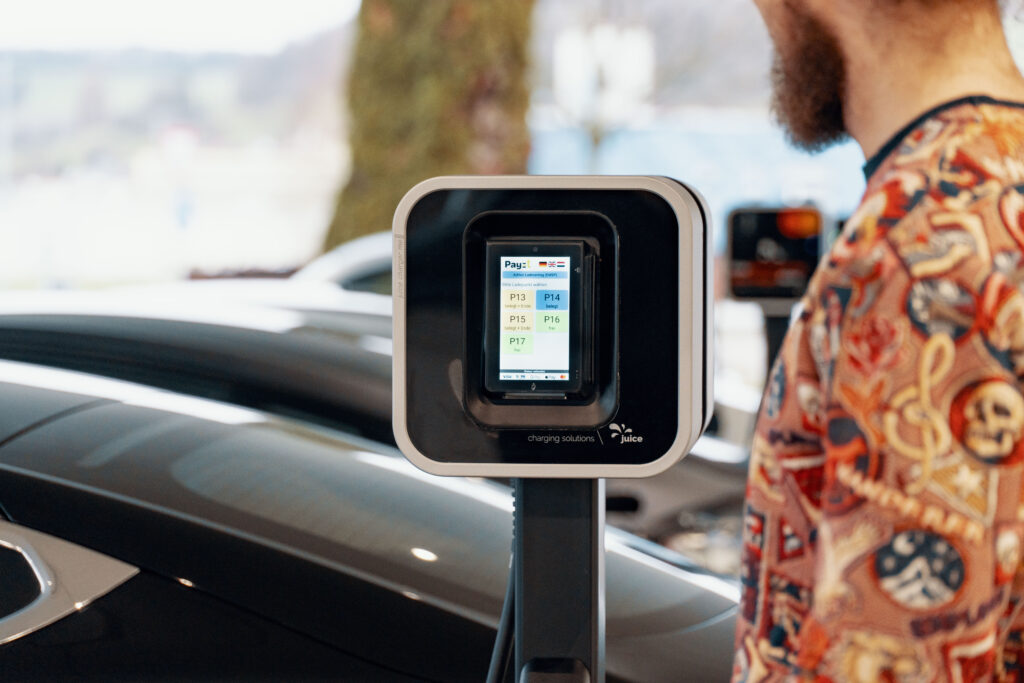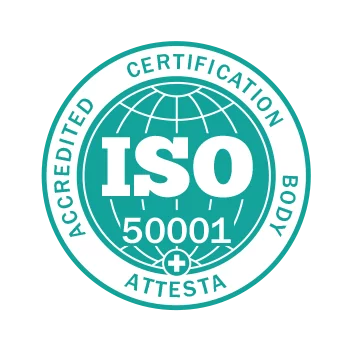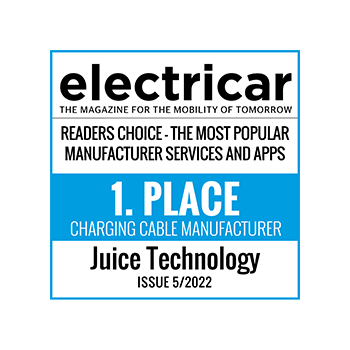For many people, electric vehicles still have an image problem. Questions are immediately raised on the topic of “rare earth elements” in the motors and the use of cobalt in the battery.
The fact that answers have long been available and work on solutions is proceeding at a staggering pace is often lost here. We would therefore like to provide an overview and establish clarity regarding what rare earth elements are, where they are used and how automobile manufacturers around the world are researching sustainable alternatives and innovations.
The section at a glance
- How are rare earth elements used in vehicles?
- What are the global players doing for more sustainable procurement of raw materials?
- What new technologies will be used for batteries in the future?
What are rare earth elements and how are they used in vehicles?
Rare earth elements are not as rare as the name would suggest. There are a total of 17 “rare earth elements”, the rarest of which (thulium) is still found more commonly than gold. They are also not required for the production of electric vehicle batteries, as we have already explained in our article. However, rare earth elements are actually used in vehicle manufacturing – neodymium, for example – but not only there.
It is hard to imagine our everyday life without neodymium. It is used in the production of things like plasma TVs, hard drives and headphones, and there is approx. 0.4 grams in every smartphone too.
It is one of the most important elements for automobile manufacturers, regardless of the design, because it is required for the electronics in motion sensors, for example. But it’s main use in electric vehicles is in the motors for the permanent magnets.
Permanent magnets are so popular in electric vehicles because they increase efficiency in the motors (so-called permanent magnet synchronous motors, PSM for short). Their drawback lies in the high roll-over losses and the low overload capacity, which results in reduced output. Externally excited synchronous motors (EESM), which don’t contain permanent magnets and are more efficient but which require electrical energy to generate the magnetic field, offer an alternative.
Cobalt is frequently mentioned in connection with the mining of “rare earth elements”, but it is not one of the rare earth elements. It is extremely conductive and, in the cathode of the battery, ensures that the voltage remains high and the energy density and the charging speed of the battery are therefore increased. But cobalt is also used for vehicles with combustion engines both in the desulphurisation of crude oil in refineries and in the tempering of high-strength steel in engine and gearbox production.
However, it is worth mentioning at this point because many programmes and developments by vehicle manufacturers are also aiming to be able to manage without the use of cobalt in the future.
What are the global players doing for more sustainable procurement of raw materials?
The major consumers such as VW, BMW and Tesla are conscious of the fact that the origin of the materials used is an increasingly important purchasing criterion for their customers.
The trend is therefore in favour of externally excited synchronous motors (EESM) which manage without rare earth elements such as neodymium. The reason for this is both an improvement in the environmental footprint and the fact that China controls the majority of neodymium production. For the automotive industry, dispensing with neodymium therefore also means greater independence in the procurement of resources.
BMW with its iX3 model or VW with the 4x4-ID are already proving today that it is now possible to dispense with rare earth elements entirely. The Japanese manufacturer Nissan is also foregoing the use of rare earth elements in its new Ariya model. And French manufacturer Renault is installing externally excited synchronous motors in its bestseller, Zoe.
What technologies will be used for batteries in the future?
The future of electric vehicle batteries could hardly be more exciting, because the further development and improvement of batteries is rapidly forging ahead. Looking at research projects from the major manufacturers, discussions about the use of raw materials such as cobalt will soon be a thing of the past.
Both Tesla and Volkswagen announced last year that they will only be installing LFP batteries, which do not contain cobalt, in their entry-level segment (e.g. the Tesla Model 3 SR+). A combination of nickel and manganese will be used in the higher segments, which should facilitate a much greater service life of up to 10,000 full cycles.
BMW has a different plan, because it organises its procurement completely independently and only obtains cobalt from certified sources in Australia and Mexico.
Since the battery in an electric vehicle is largely comprised of lithium, the mining is also frequently criticised owing to the purportedly high water consumption. But the volume of water required should be put into context and consideration should be given here to the fact that batteries continue to be used for a long time in their second life and can be fully recycled afterwards.
In order to get away from the requirement for lithium entirely, the Chinese supplier CATL (Contemporary Amperex Technology Limited) has unveiled a new design for a sodium-ion battery. This should be ready for market and go into mass production in 2023. The advantages lie in its sustainability, performance in cold conditions, fast-charging capability, safety and, of course, the low manufacturing costs.
Australian researchers are taking another route and attempting to create a battery with a range of 1,000 kilometres through the use of sulphur as a replacement for cobalt and manganese. The fact that companies such as IBM, Mercedes and Sidus are working together to develop a method for manufacturing batteries with sea minerals instead of heavy metals is also grounds for great optimism.
So-called solid batteries, which will far exceed current technology both in terms of range and safety and when it comes to charging speed, are still somewhat further down the road. Renault, Mitsubishi, Nissan and Toyota have got together here and are conducting intensive joint research into the next big innovation.
